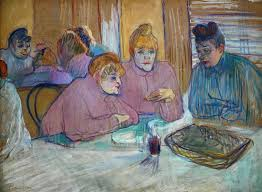Graphic Design History Mid Term Pt. 1
0.0(0)
0.0(0)
New
Card Sorting
1/20
Earn XP
Description and Tags
Art movement descriptions and the first few artists in the list.
Study Analytics
Name | Mastery | Learn | Test | Matching | Spaced |
|---|
No study sessions yet.
21 Terms
1
New cards
Aesthetic Movement
privileged the aesthetic value of literature, music and the arts over their socio-political functions
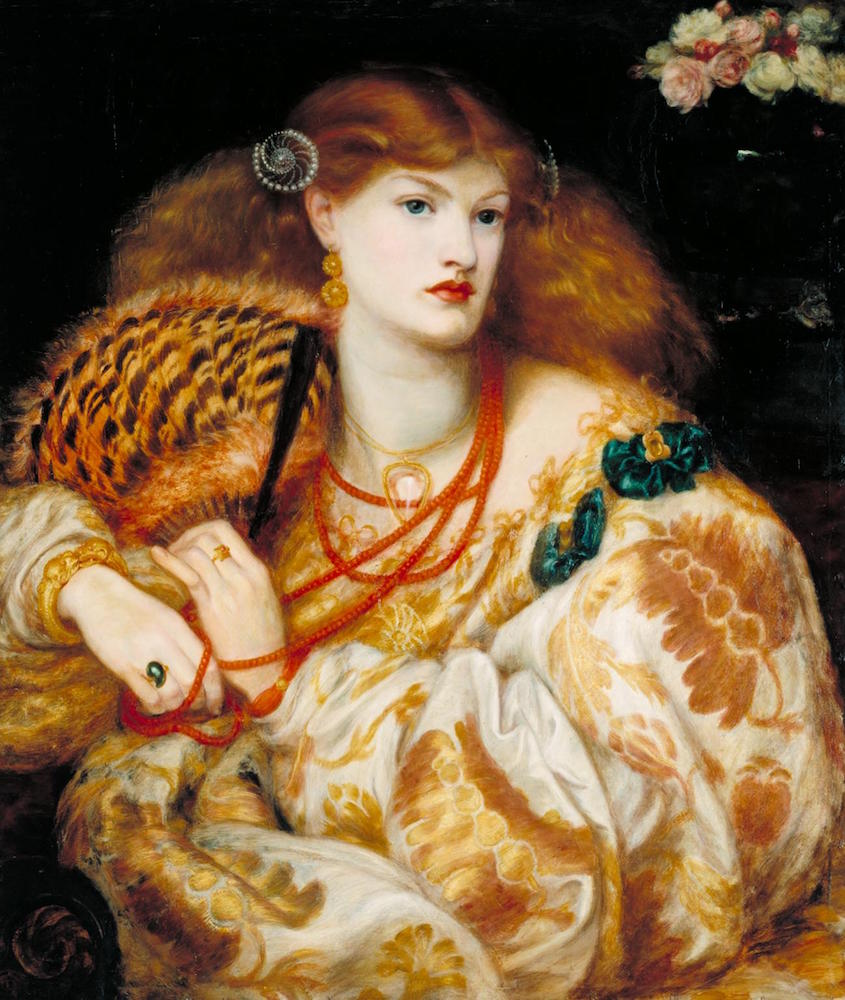
2
New cards
Arts and Crafts Movement
a belief in craftsmanship which stresses the inherent beauty of the material, the importance of nature as inspiration, and the value of simplicity, utility, and beauty.
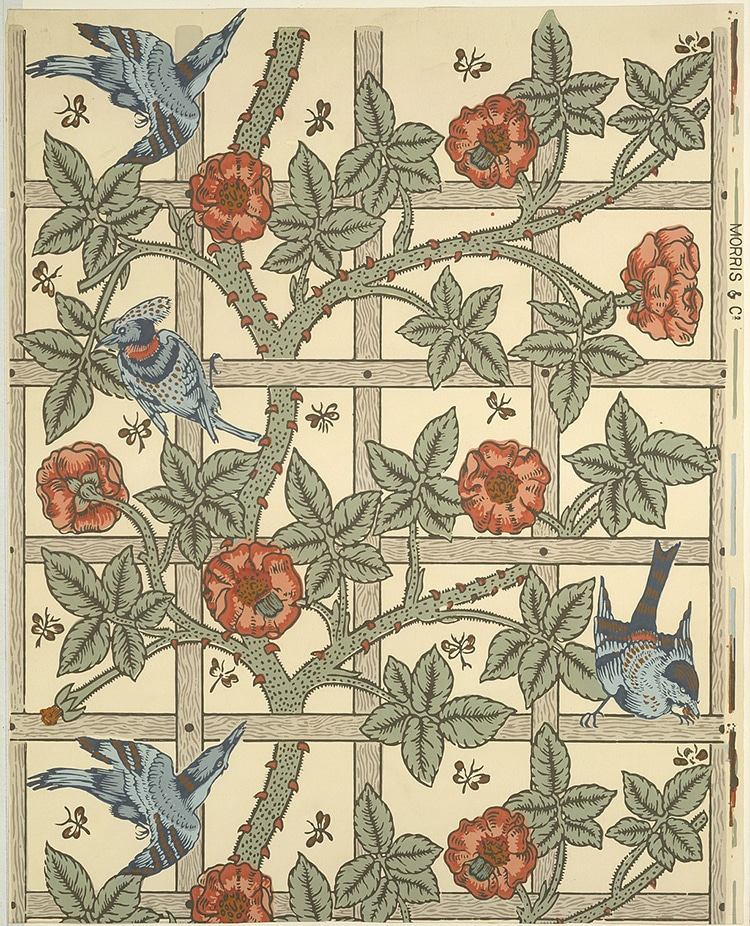
3
New cards
Art Deco
reflect admiration for the modernity of the machine and for the inherent design qualities of machine-made objects— e.g. : relative simplicity, planarity, symmetry, and unvaried repetition of elements.
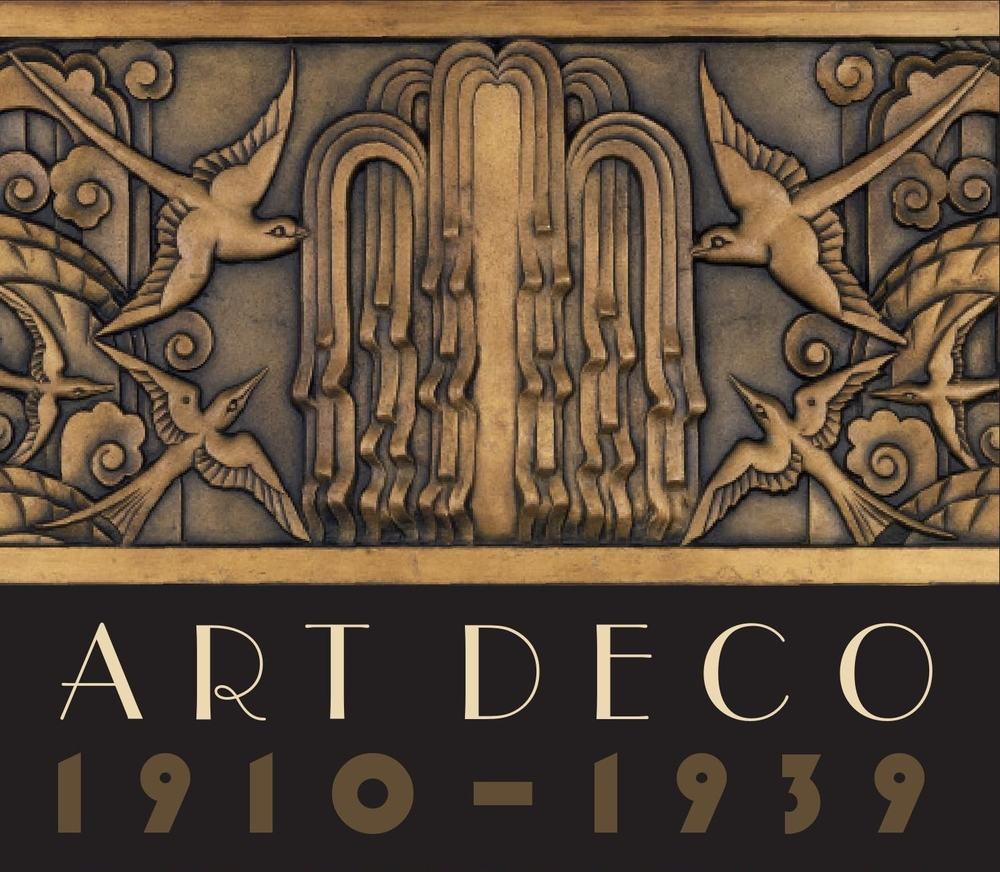
4
New cards
Art Nouveau
sinuous, sculptural, organic shapes, arches, curving lines, and sensual ornamentation.
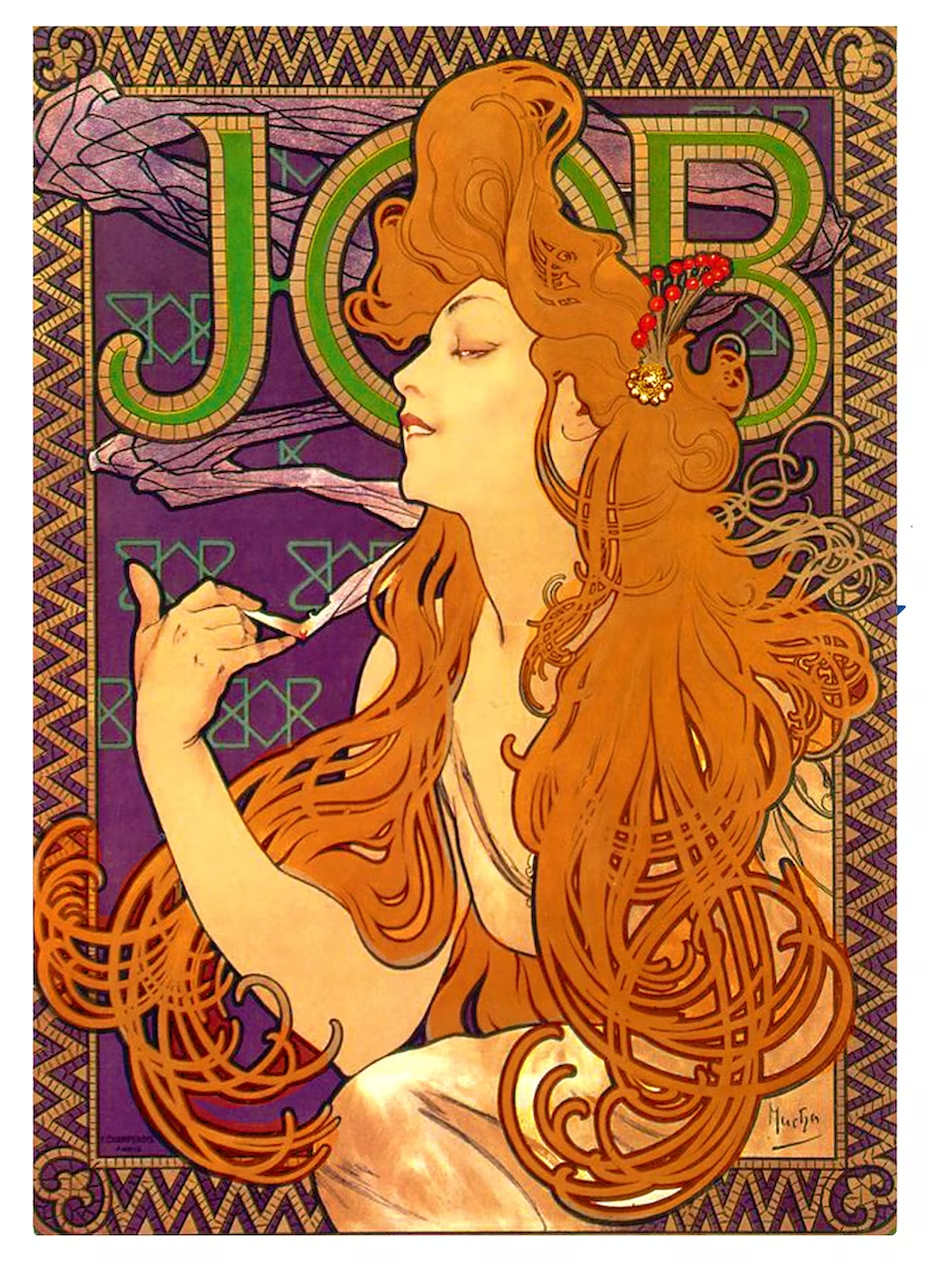
5
New cards
Constructivism
focused on industrial production. Constructivists used stripped down, geometric forms and modest materials.
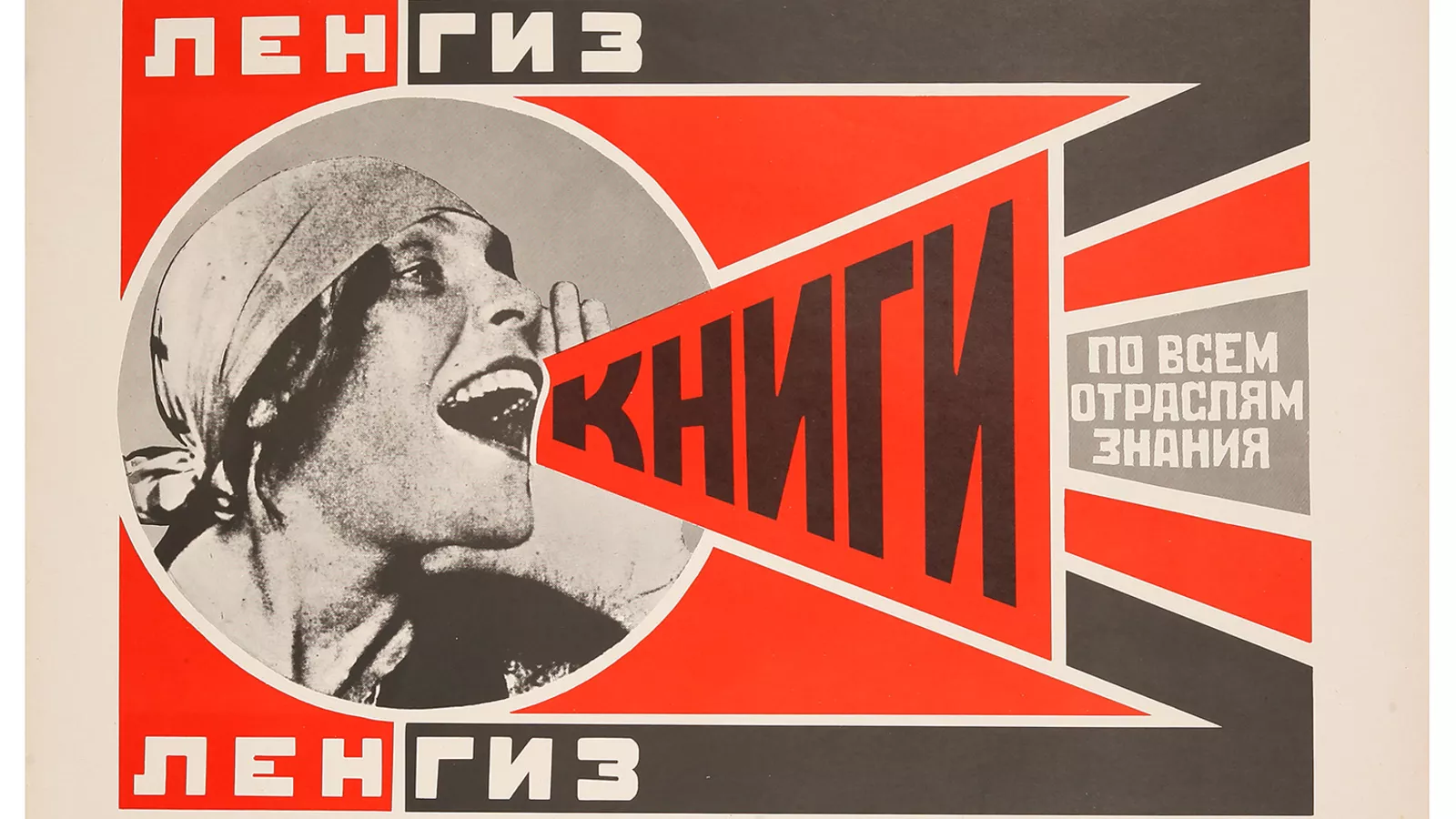
6
New cards
DADA
rejected the logic, reason, and aestheticism of modern capitalist society, instead expressing nonsense, irrationality, and anti-bourgeois protest in their works.
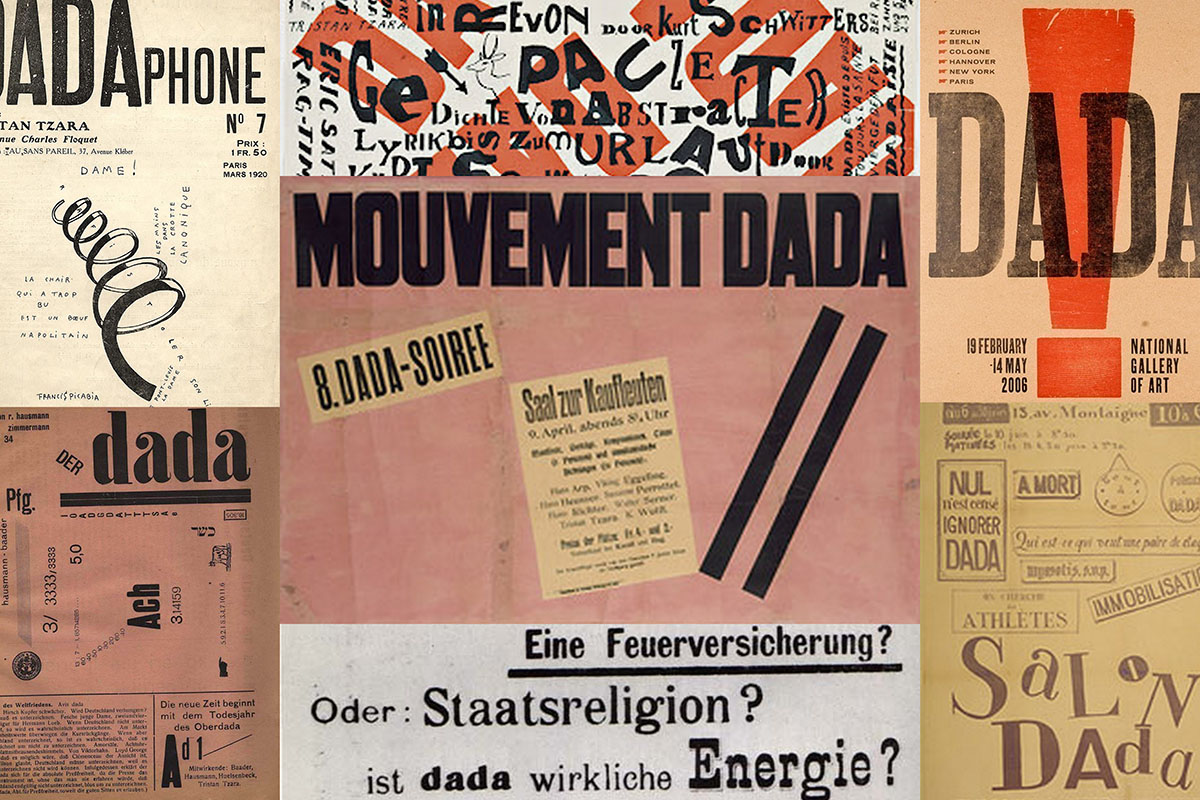
7
New cards
De Stijl
Clean lines, right angles, and primary colors
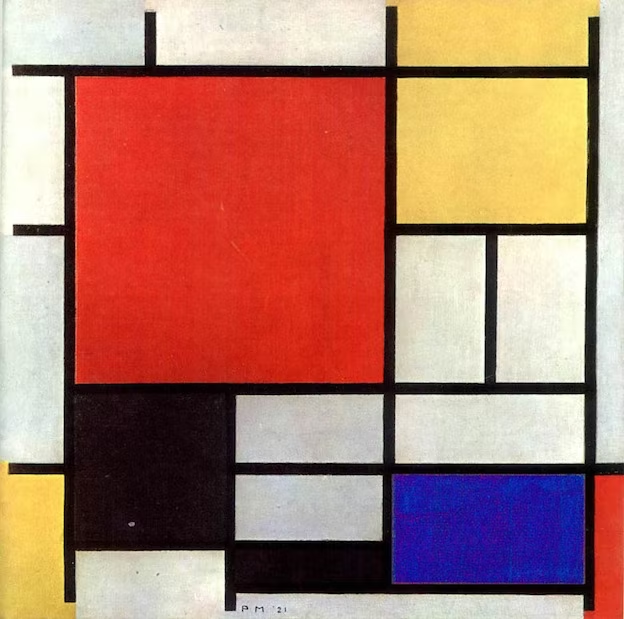
8
New cards
Expressionism
Its typical trait is to present the world solely from a subjective perspective, distorting it radically for emotional effect in order to evoke moods or ideas
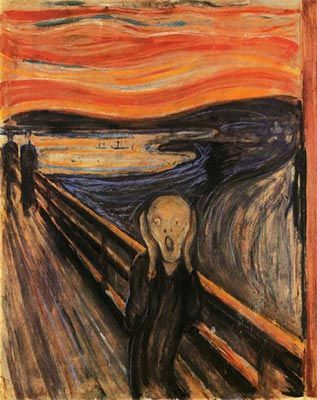
9
New cards
Futurism
It emphasized dynamism, speed, technology, youth, violence, and objects such as the car, the airplane, and the industrial city.
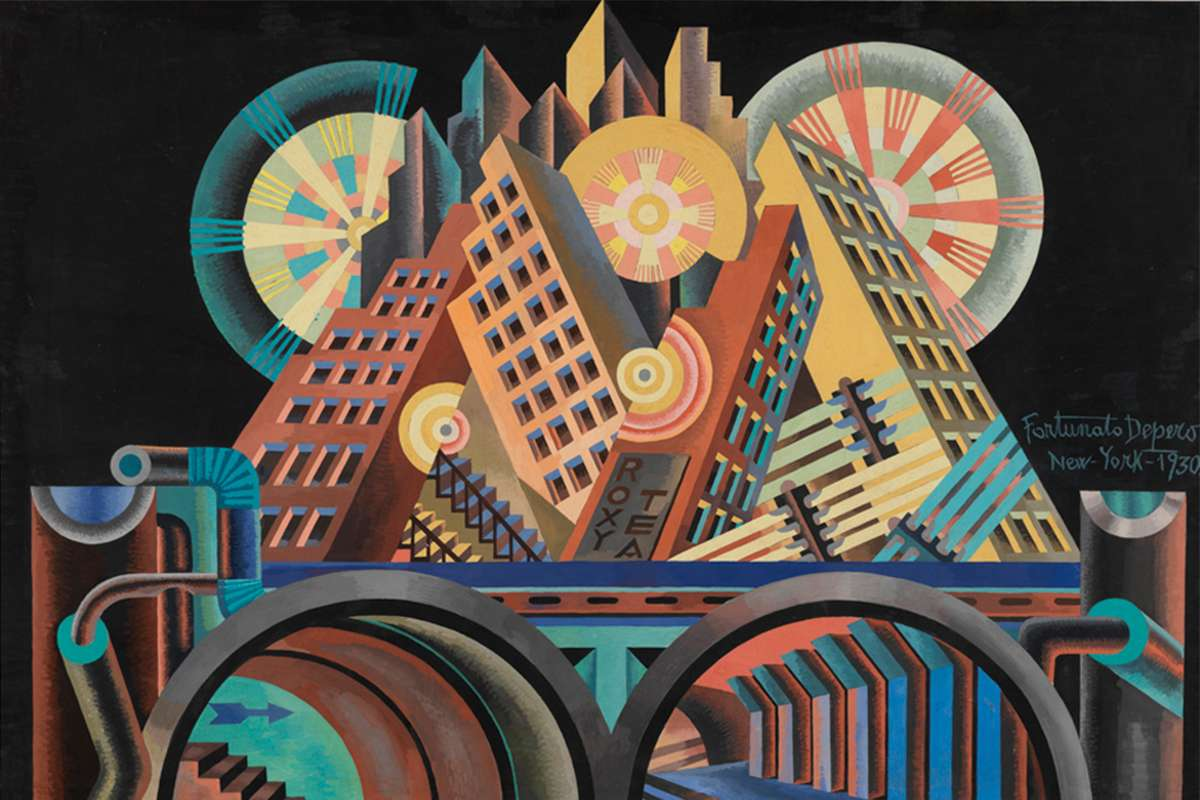
10
New cards
Japonisme
Western artist love to fetishize asian culture :)
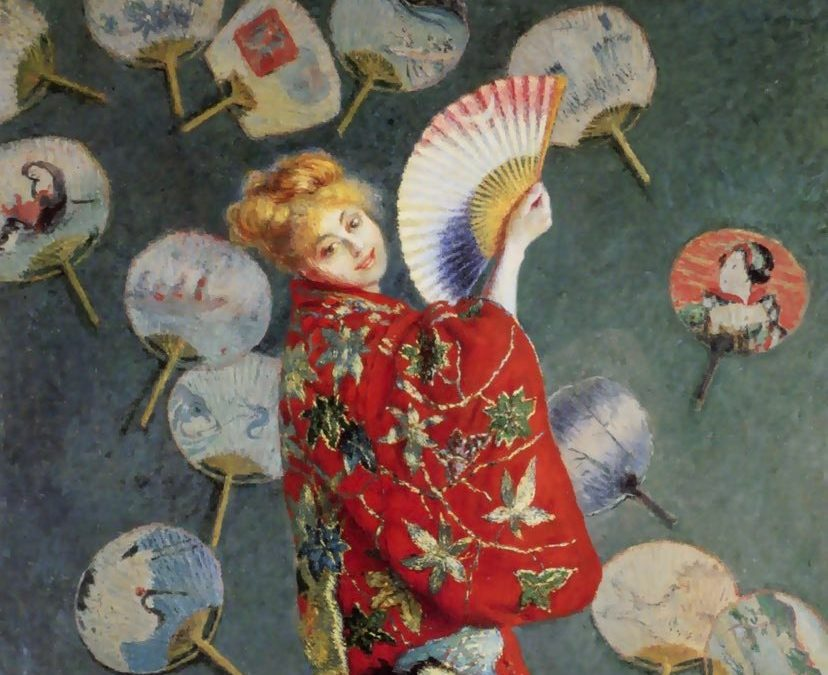
11
New cards
Purism
proposed a kind of painting in which objects are represented as powerful basic forms stripped of detail.
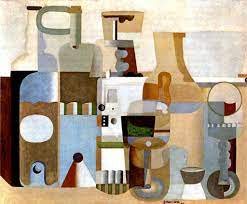
12
New cards
Sachplakat
The common characteristics of this style are bold eye-catching lettering with flat colors
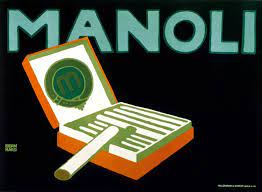
13
New cards
Symbolism
suggested ideas through symbols and emphasized the meaning behind the forms, lines, shapes, and colors.
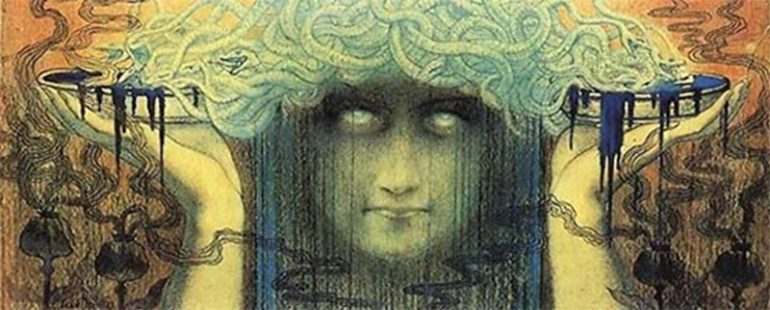
14
New cards
Vienna Secession
often utilized whiplash curves and floral motifs. It also took influence from the Arts and Crafts movement and utilized similar organic ornamental designs as Jugendstil. Secessionists embraced geometry and abstract elements
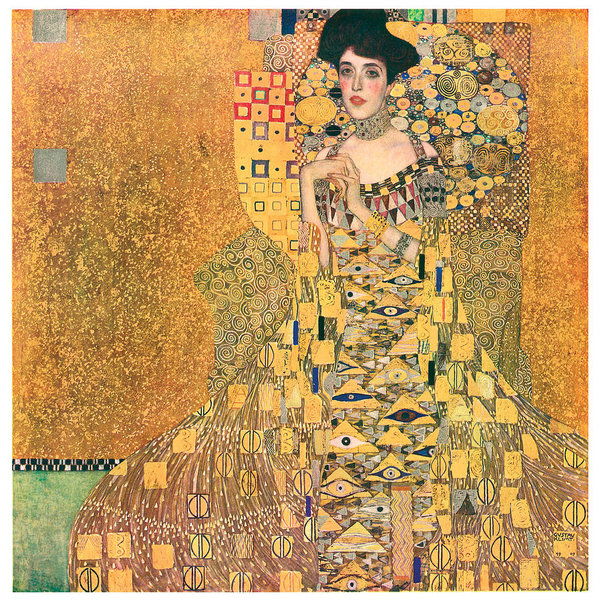
15
New cards
Owen Jones
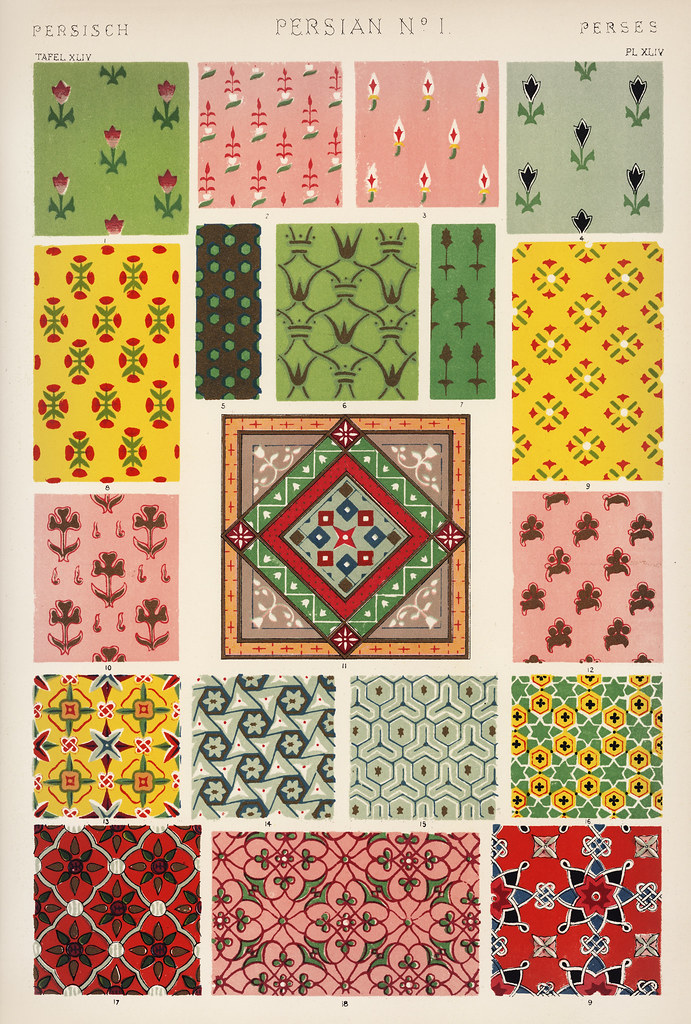
16
New cards
Thomas Nast
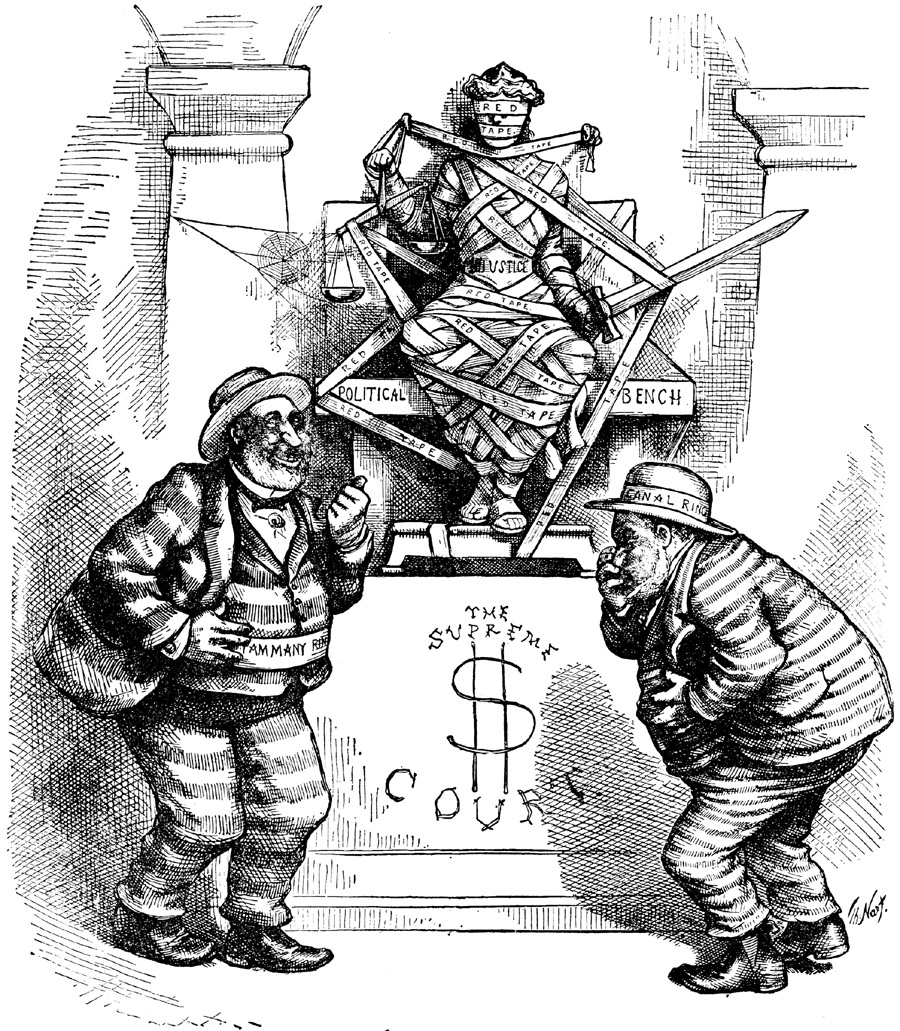
17
New cards
William Morris
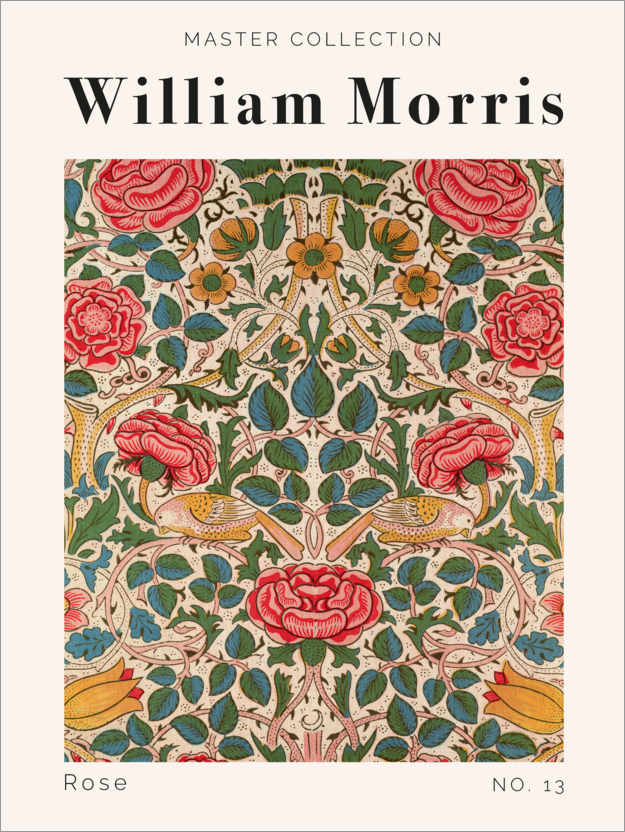
18
New cards
Arthur H. Mackmurdo
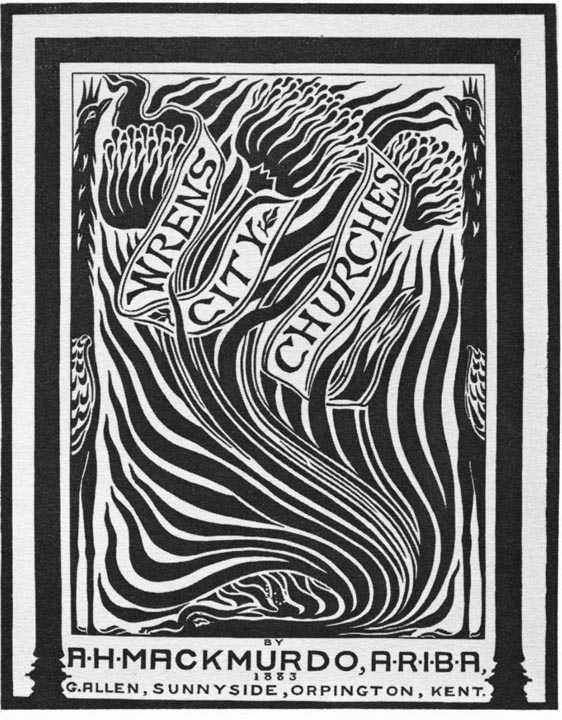
19
New cards
Jules Cheret
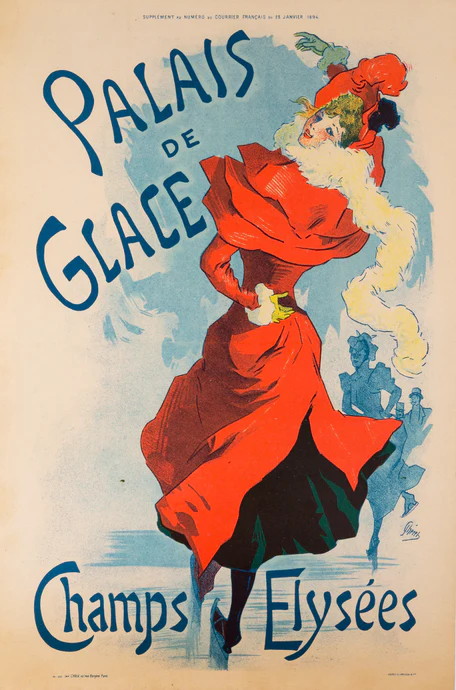
20
New cards
Eugene Grasset
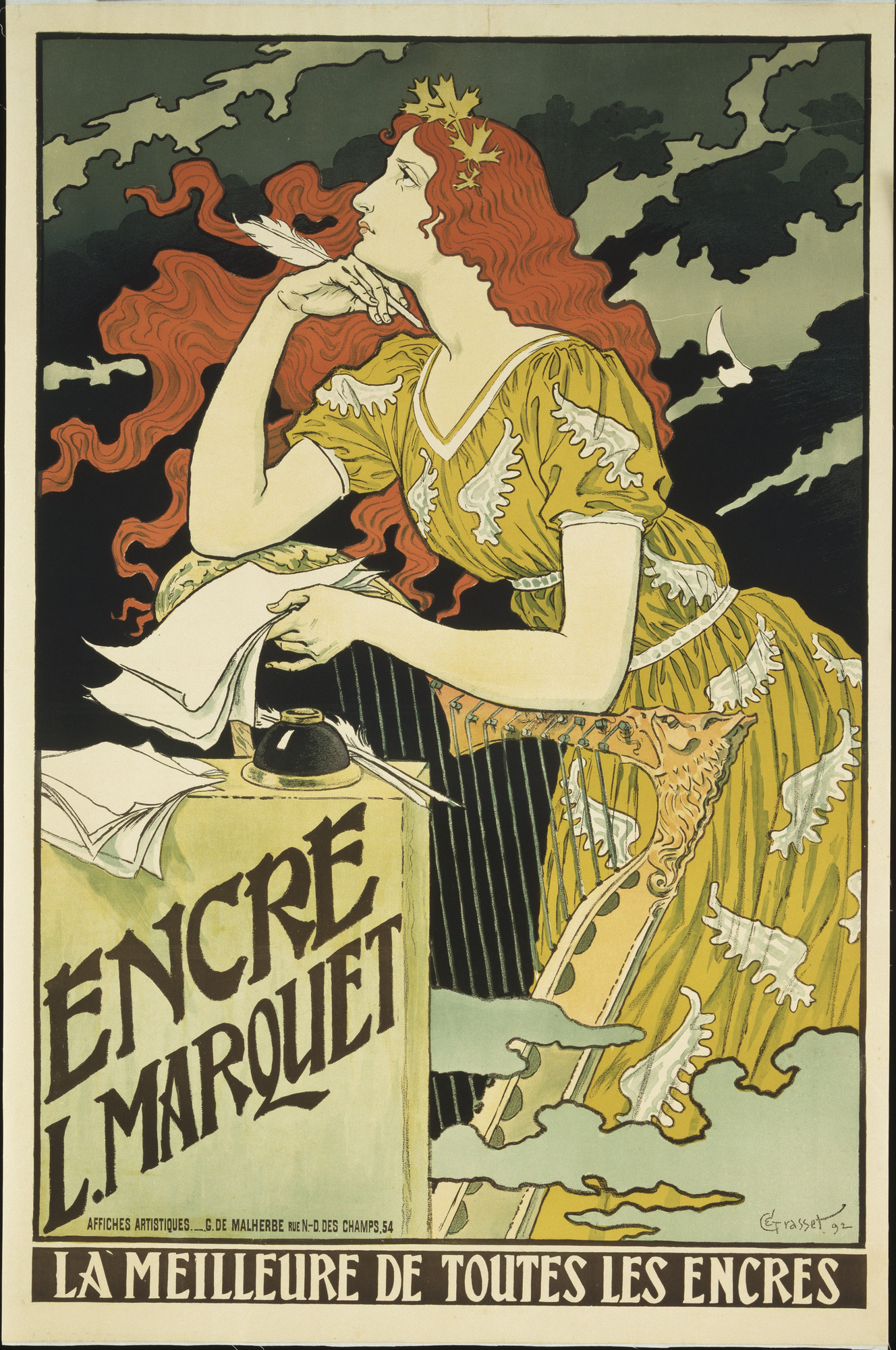
21
New cards
Henri de Toulouse-Lautrec
